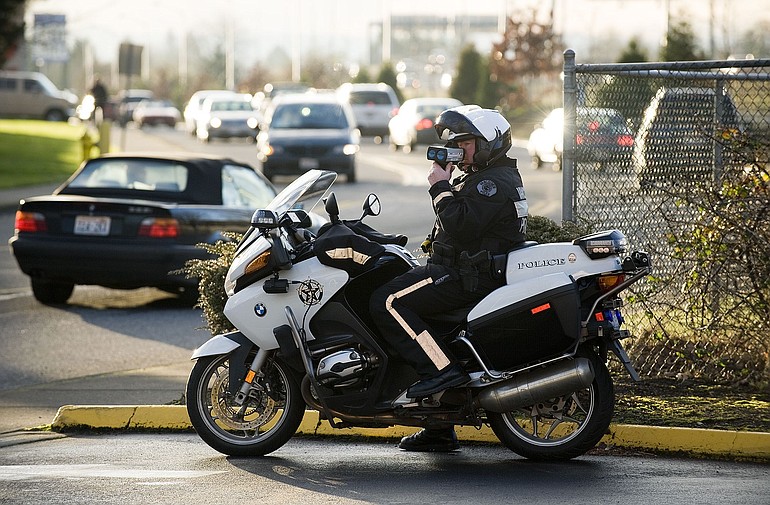When a friend directed Vancouver Police Sgt. Patrick Johns to a website warning drivers to slow down near so-called speed traps, he thought of a mantra not often associated with police work: All PR is good PR.
“I actually like it,” said Johns, adding that his goal, like the website’s, is for drivers to slow down.
Check group’s website.
The head of the VPD traffic unit said he looks at the website every now and then. It correctly, Johns said, points out some areas where traffic enforcement is emphasized, particularly posts from earlier this year that identify intersections along 112th Street, a designated safety corridor.
“Speed trap,” though, is not a phrase used by law enforcement. Johns said to him, at least, that terminology evokes an image of a small-town sheriff hiding behind brush near a sharp drop in speed. A better term, he said, is “speed enforcement.”



